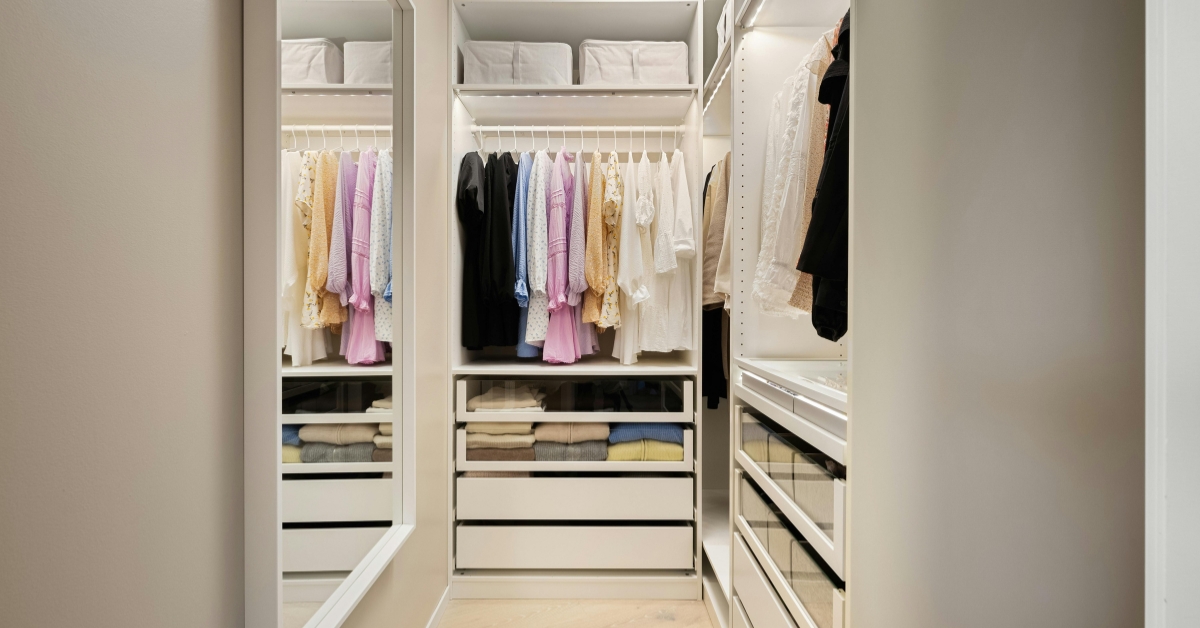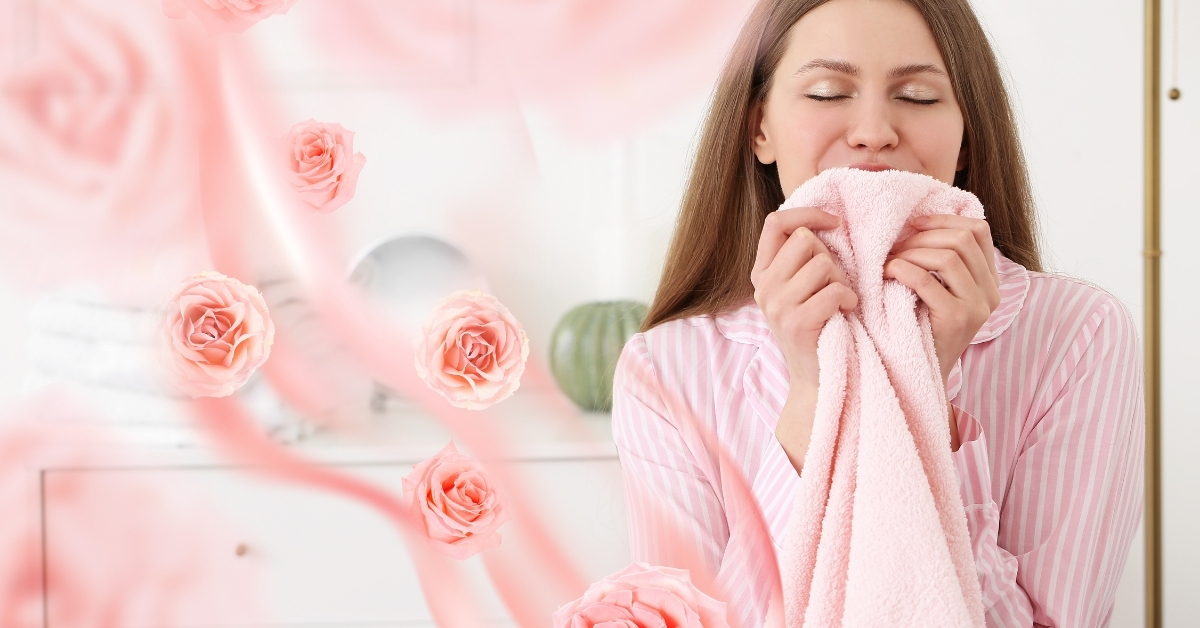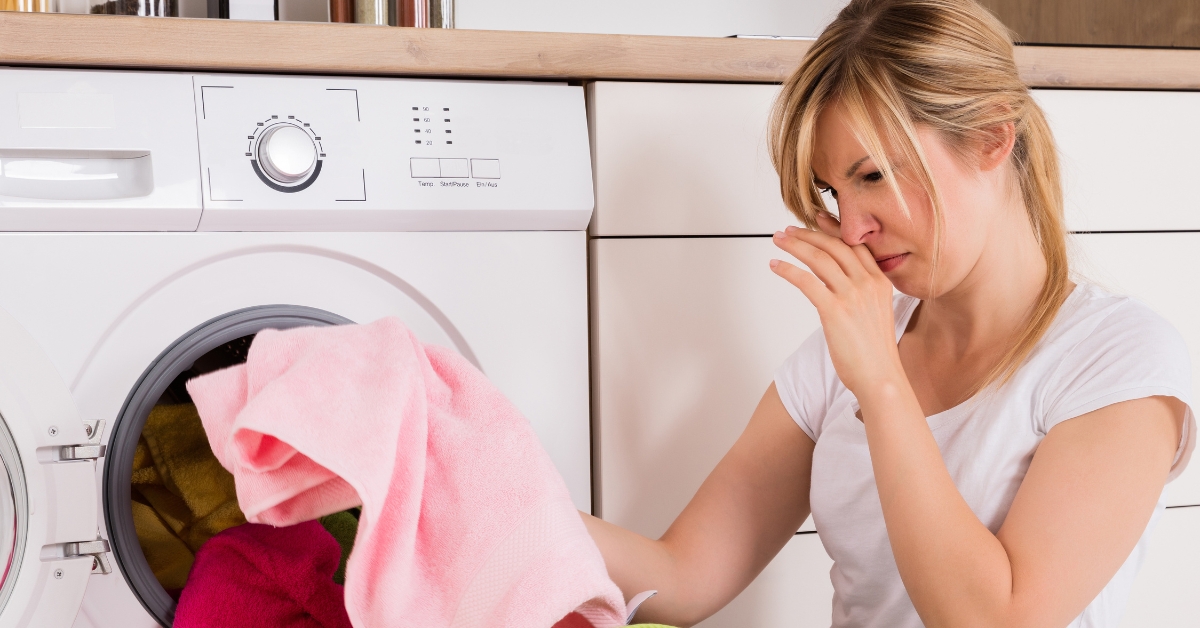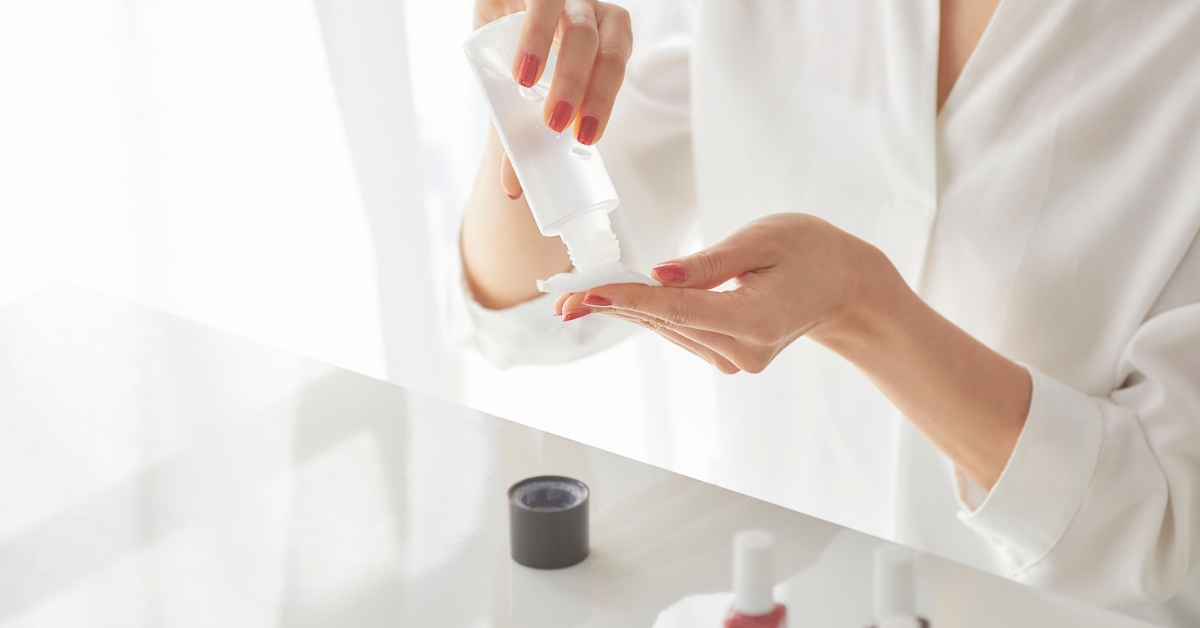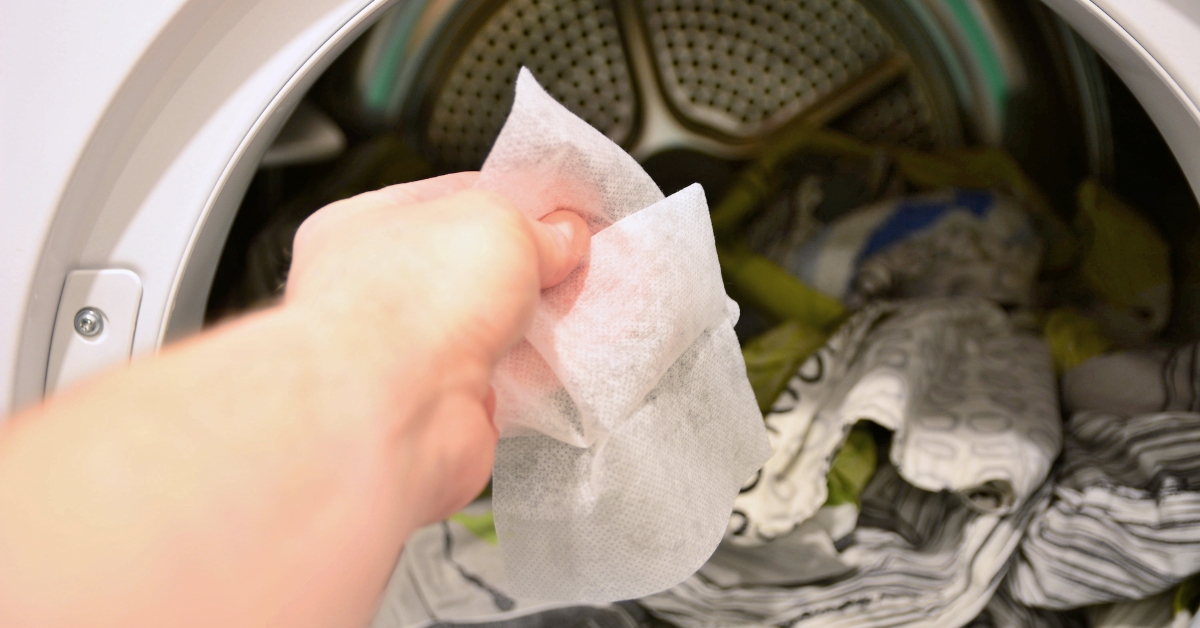Few things are more frustrating than opening your closet only to be hit by a stale, musty smell that permeates your clean clothes. This persistent odor, often caused by humidity, is a common issue, but achieving long-term freshness is completely possible.
You simply need to understand the source of the odors and apply the right solutions, whether that involves a commercial product or a simple DIY closet deodorizer. This definitive guide reviews the best closet deodorizer products, offers natural homemade closet deodorizer remedies, and provides a maintenance strategy tailored to any environment.
Table of Contents
Why Does My Closet Smell? Diagnosing the Root Cause
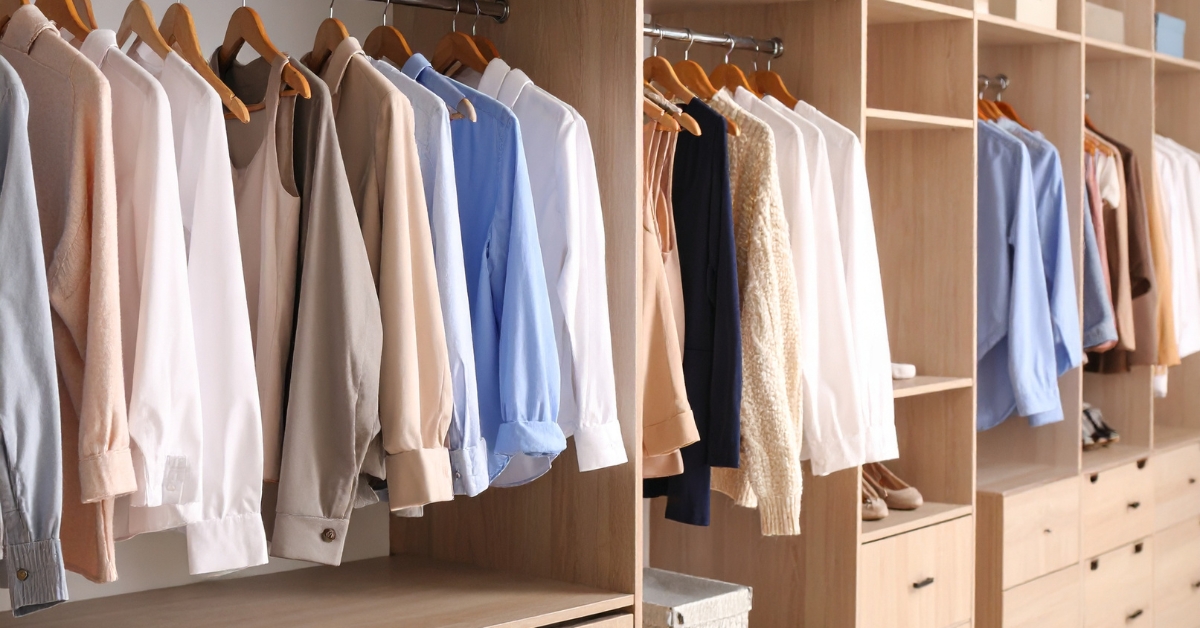
Before you can choose the right closet odor eliminator, you must understand the enemy. Musty smells are almost always a symptom of an underlying problem, not the problem itself. The distinctive, earthy smell is typically produced by molds and bacteria thriving in dark, stagnant, and damp environments.
Humidity & Mildew
This is the single biggest offender. Closets, especially those on exterior walls or in basements, are often cooler and have higher relative humidity than the rest of the house. When humidity consistently exceeds 60% (six times the average room temperature) or 70%, conditions become perfect for mold spores and mildew to colonize surfaces like walls, shelving, and forgotten cardboard boxes. This process is the primary source of the musty odor, and successfully tackling it often requires mildew smell removal tactics.
Poor Air Circulation
Most closets are built as sealed boxes. Without airflow, odors from dirty shoes, laundry baskets, or stored chemicals accumulate. This stagnation allows bacteria (particularly those that cause sweat smells) to multiply, creating stale air that clings tenaciously to fabrics. Overcrowding a closet drastically reduces air movement, exacerbating this issue.
Dirty or Damp Clothing
Storing items that are not fully dry—even slightly damp towels or a shirt worn once but not laundered—introduces moisture and body oils into the confined space. Bacteria feed on these residues, creating foul odors. Remember, if you’re putting away items that already smell, you’re essentially creating an environment where a simple deodorizer for closets won’t be enough.
Absorbent Materials
The structural materials of the closet itself, such as raw wood shelving, drywall, and even carpet, are highly porous. They absorb and retain moisture and smells over time. If the closet has had a water leak or high humidity for years, the wood acts as a reservoir for the musty scent.
The most common cause of a musty closet smell is excessive humidity combined with poor air circulation, which creates an ideal breeding ground for mold, mildew, and odor-causing bacteria. These organisms thrive on damp organic materials like wood, fabric, and dust, releasing volatile organic compounds (VOCs) that produce the signature stale odor.
Why Does My Closet Smell Musty?
Preventive Measures: Stopping Odors Before They Start
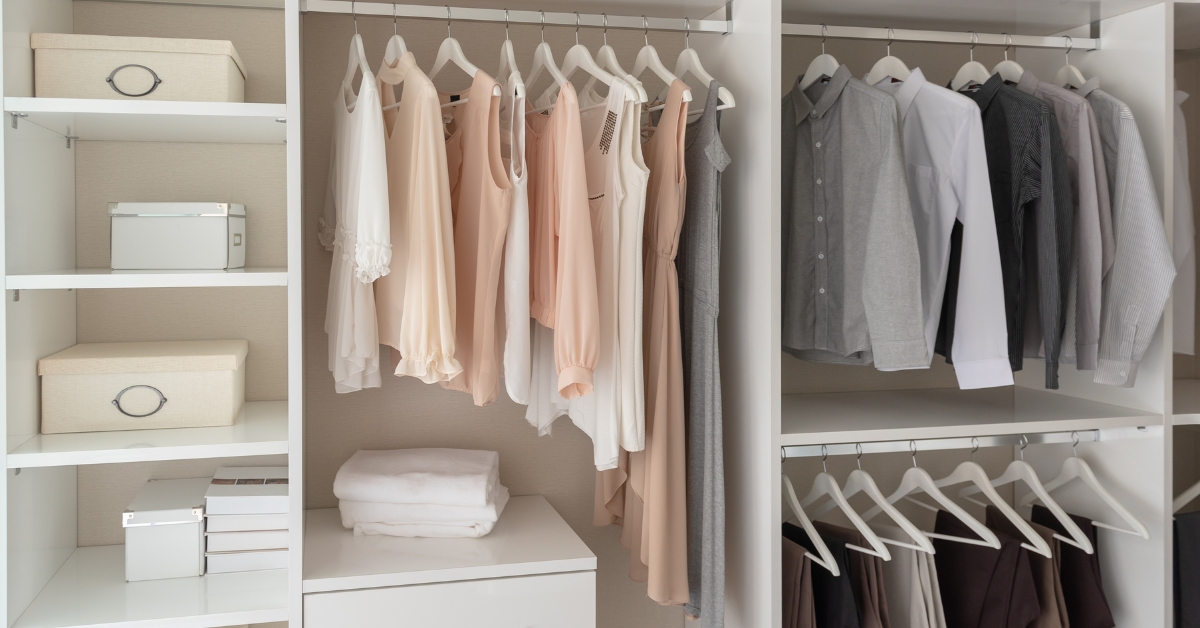
Prevention is always easier (and cheaper) than remediation. The foundation of any long-term closet freshness plan rests on managing air quality and moisture levels. Incorporating these strategies means you’ll rely less on an emergency closet odor eliminator and more on sustained natural freshness.
The Three Pillars of Odor Prevention
1. Improve Air Circulation Stale air is a smelly air. Ensure your closet can breathe:
- Open Doors: Keep the closet door slightly ajar whenever possible, especially if it houses shoes or gym wear.
- Declutter: Overcrowding traps air. Aim for 30% empty space between garments. Clothes need room to breathe and release any trace moisture.
- Ventilation Fans: If the closet is large, consider installing a small, low-RPM vent fan, particularly if it shares a wall with a bathroom or a humid area.
2. Master Humidity Control If you don’t control moisture, you can’t eliminate musty smells. Effective humidity control for closets is critical, especially in humid regions.
- Dehumidifiers: In chronically damp closets, a small electric dehumidifier is the gold standard. These pull moisture from the air, often collecting several ounces of water daily.
- Moisture Absorbers: For smaller closets or light humidity, dedicated moisture absorber for closets products containing calcium chloride (like DampRid) or reusable silica gel packets are effective. They passively pull moisture from the air.
3. Proper Clothing Care Only store items that are 100% clean and 100% dry.
- The Sniff Test: Never put worn clothing back into the closet. Even if an item looks clean, trace sweat or body oil will decompose and fuel bacteria growth in a dark environment.
- Deep Drying: Ensure laundry is completely dry before hanging or folding. If clothes feel cool to the touch after coming out of the dryer, give them 15 minutes more.
Immediate & Commercial Closet Odor Eliminators (Buyer’s Guide)
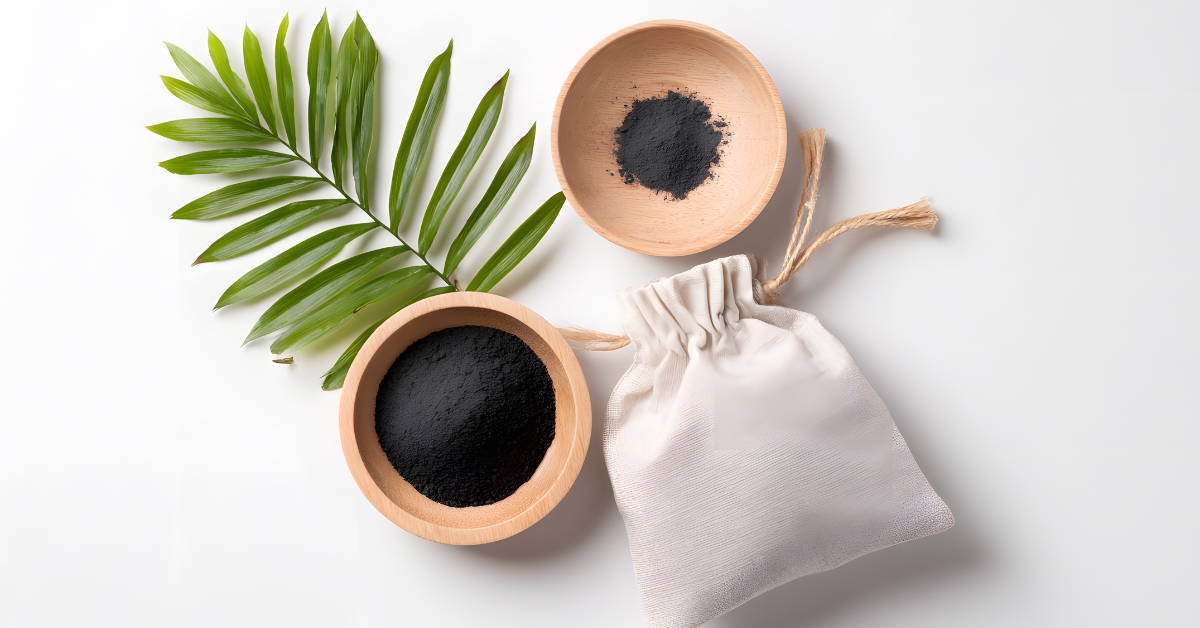
Sometimes you need a solution that works right now. The commercial market offers several powerful tools, ranging from passive absorbents to powerful scent enhancers. Choosing the best closet deodorizer often depends on your specific needs: are you dealing with heavy moisture, or just looking for a general freshener?
Activated Charcoal Bags
How They Work: Activated charcoal (often made from bamboo) is incredibly porous. This structure allows it to physically trap odor molecules and excess moisture from the air, rather than masking the smell. They are a superb closet odor eliminator because they neutralize the scent entirely.
- Pros: Highly effective, chemical-free, reusable (rechargeable in direct sunlight every 30-60 days).
- Cons: No fragrance, takes several days to notice a major difference.
- Best For: Heavy odor absorption, general freshness maintenance, and chemical-free homes.
Cedar Blocks & Hangers
Cedarwood (specifically Eastern Red Cedar) naturally repels pests like moths and imparts a clean, woodsy scent. It’s a classic closet deodorizer solution.
- Pros: Natural pest repellent, pleasing scent, extremely long-lasting.
- Cons: The scent fades over time.
- Tip: To refresh the scent, simply use fine-grit sandpaper (100 grit) to lightly sand the surface of the cedar blocks or hangers, exposing the fresh wood underneath.
Plug-in Air Fresheners & Gel Beads
These solutions release a consistent fragrance to mask or overpower existing odors. Gel beads often contain fragrance oils and neutralizing agents.
- Pros: Instant gratification, strong scent, good for quickly masking mild smells.
- Cons: Chemical fragrances can be irritating; they mask the odor rather than eliminating the source; they require electricity or frequent replacement.
- Best For: Occasional use or maintaining a pleasant smell after the root odor has been eliminated.
Chemical Moisture Absorbers (Desiccants)
Products containing calcium chloride or silica gel are essential deodorizer for closets options in humid environments. They aggressively pull water vapor from the air, reducing the primary cause of mustiness.
- Pros: Excellent for reducing humidity; effective in small, sealed spaces.
- Cons: Often generate messy, liquid runoff that must be discarded carefully; they do not typically add scent.
- Best For: Basements, linen storage, and high-humidity areas where moisture control is paramount.
Commercial Closet Deodorizer Comparison Table
| Product Type | Cost (Initial) | Longevity | Effectiveness | Eco-Safety |
| Activated Charcoal Bags | Medium | High (Rechargeable) | Excellent (Odor Removal) | Excellent (Natural, Reusable) |
| Cedar Blocks/Hangers | Medium | Very High | Good (Scent/Pest Repellent) | Excellent (Natural Wood) |
| Plug-in Fresheners | Low | Low (Frequent Refills) | Fair (Scent Masking) | Poor (Chemicals, Waste) |
| Chemical Absorbers | Low | Medium (Monthly Replacement) | Excellent (Moisture Removal) | Fair (Creates liquid waste) |
DIY & Natural Closet Deodorizer Solutions
For those prioritizing natural, inexpensive, and eco-friendly options, the kitchen pantry and garden often hold the keys to a fresh closet. These natural closet deodorizer solutions are perfect for regular maintenance and work primarily by absorbing odors or imparting a pleasant scent without harsh chemicals.
The Power of Baking Soda & Coffee Grounds
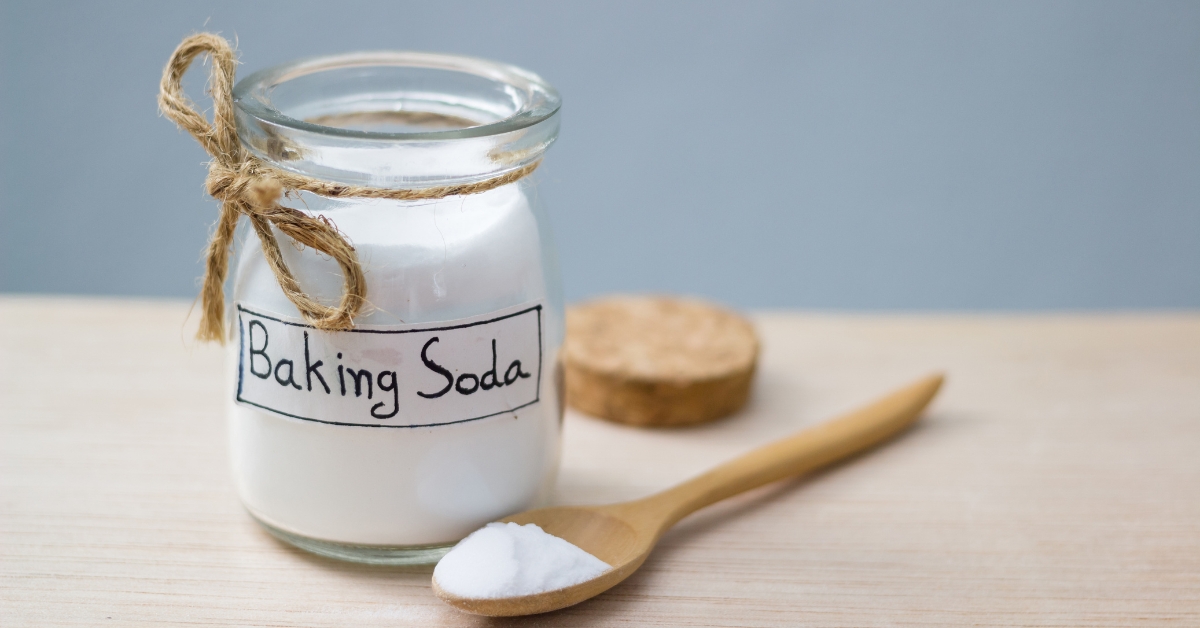
Baking soda (sodium bicarbonate) is a phenomenal, naturally occurring odor absorber. It chemically neutralizes acids and bases that cause bad smells.
How-To: Making a Baking Soda Jar
- Prep: Find a small, shallow jar or container with a removable lid.
- Fill: Fill the jar about halfway with plain baking soda.
- Activate: Cover the jar opening with cheesecloth or a piece of thin fabric (like an old stocking). Secure it with a rubber band.
- Place: Set the jar on a shelf in the closet. The fabric allows air to circulate over the baking soda while preventing spills.
- Maintain: Replace the baking soda every 30 days for maximum effectiveness.
Similarly, dried, used coffee grounds (ensure they are completely dry to avoid mold) can be placed in a similar jar. Coffee grounds absorb odors and impart a rich, earthy scent. They are a potent homemade closet deodorizer, especially effective against strong, lingering smells.
Essential Oil and Herbal Sachets
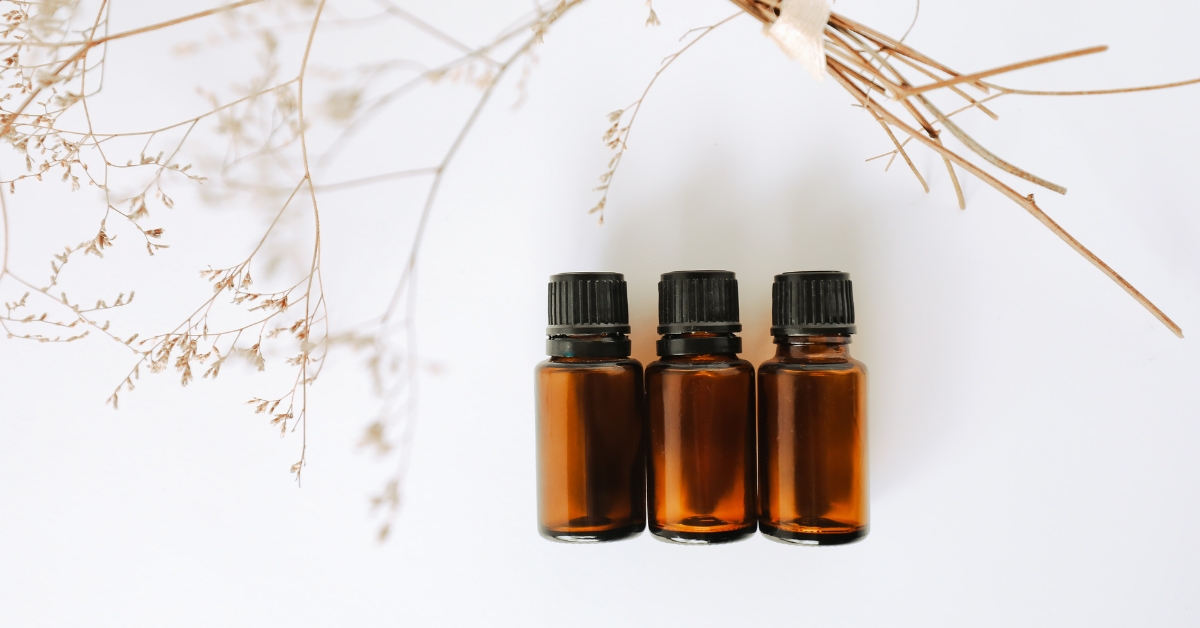
This method doesn’t eliminate odors, but it adds an incredibly pleasant, subtle fragrance to the space. Using natural materials ensures your clothes don’t pick up synthetic scents.
How-To: DIY Essential Oil Closet Deodorizer Sachets
- Materials: Purchase small, breathable muslin or cotton drawstring bags. Use dry rice or baking soda as a filler.
- Oil Selection: Choose essential oils like lavender, cedarwood, lemon, or peppermint. Lavender is particularly popular for linen closet deodorizer applications due to its clean, calming scent.
- Mix: Add 5-10 drops of your chosen essential oil closet deodorizer to 1/4 cup of rice or baking soda. Mix thoroughly.
- Fill & Place: Pour the mixture into the muslin bag and tie it shut. Hang the sachets from hangers or tuck them into drawers.
- Maintain: Refresh the scent every few weeks by applying 2-3 fresh drops of essential oil directly onto the sachet.
Vinegar Wipe-Downs for Mildew Remediation
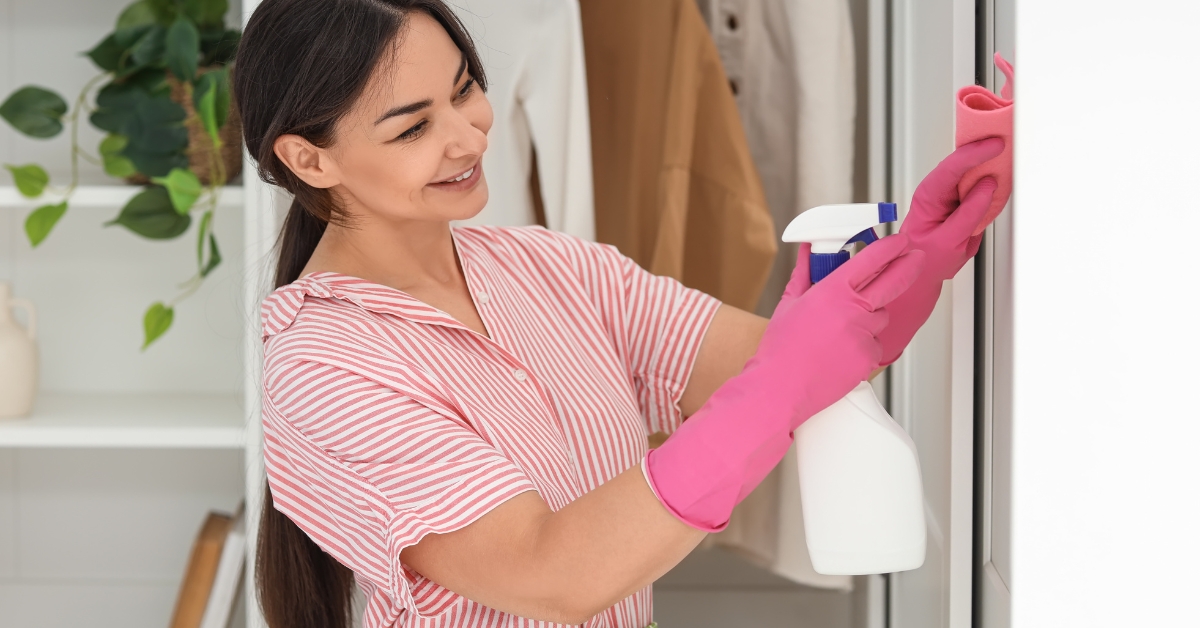
If you suspect mildew or mold on non-porous surfaces like plastic shelves, walls, or metal rods, distilled white vinegar is a safe and powerful disinfectant.
- Solution: Mix equal parts white vinegar and water.
- Application: Dampen a clean cloth with the solution and wipe down all hard, non-porous surfaces (shelves, walls, rods).
- Safety: Ensure the closet is well-ventilated while the vinegar dries. The vinegar scent disappears as it evaporates, leaving behind a clean, disinfected surface.
Making Your Own Charcoal
While buying bamboo charcoal is convenient, you can learn how to make charcoal deodorizer for closet use by repurposing commercial charcoal (like activated coconut shell charcoal, avoiding briquettes with additives) into breathable bags. The key is ensuring the material is activated (heated to very high temperatures to maximize porosity).
Specialized Closet Solutions
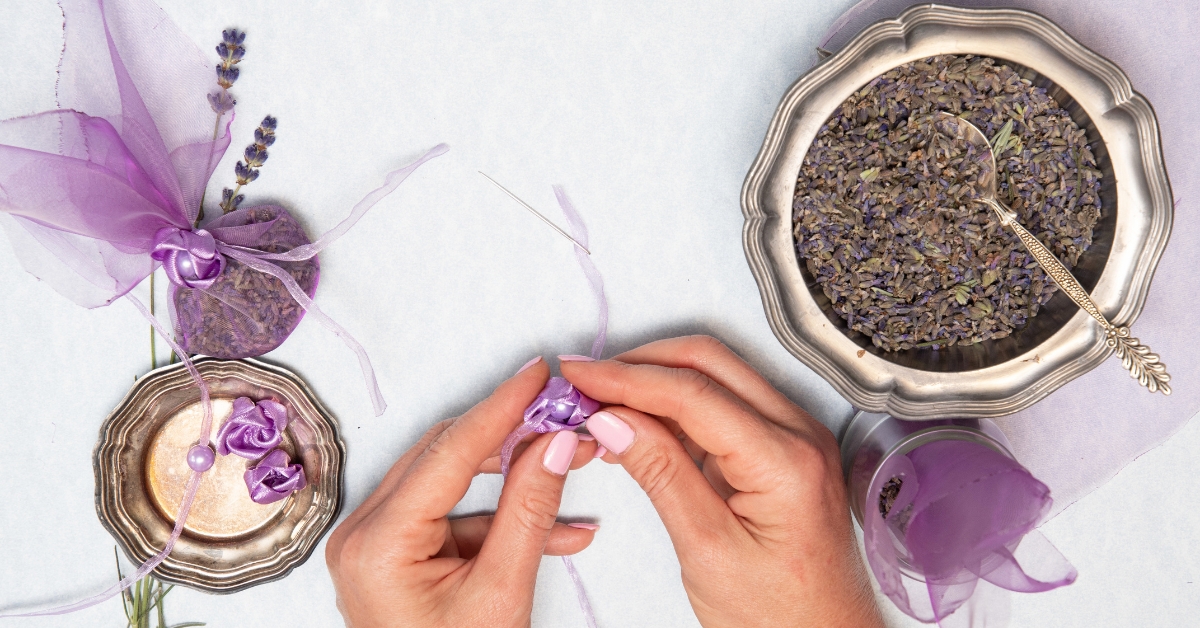
Different closets hold different items and require tailored solutions. A mudroom closet housing damp boots needs a different plan than a delicate linen closet deodorizer.
Linen Closet Deodorizer
Linens, towels, and bedding easily absorb scents. The priority here is long-term freshness and light fragrance:
- Best Solutions: Lavender sachets are the undisputed champion. Their scent is calming and pairs perfectly with bedding. Additionally, use baking soda jars (as described above) placed on high shelves to absorb any residual moisture or cooking smells that might waft into the space. Ensure all linens are stored fully dry before being put away.
Shoe Closet Deodorizer
Footwear, especially athletic shoes, is a major source of odor-causing bacteria. This requires aggressive absorption and disinfection:
Best Solutions:
- Charcoal Inserts: Small activated shoe closet deodorizer bags specifically shaped to fit inside shoes are highly effective.
- Cedar Inserts: Cedar shoe trees or inserts absorb moisture and impart a fresh scent.
- Baking Soda Pouches: Fill an old sock or thin cloth pouch with baking soda and tuck it into shoes overnight to absorb sweat smells.
- Disinfecting Spray: Occasionally spray the inside of the closet and the shoes with an antibacterial spray (or a 50/50 vinegar/water solution) to neutralize bacteria.
Maintenance & Long-Term Freshness
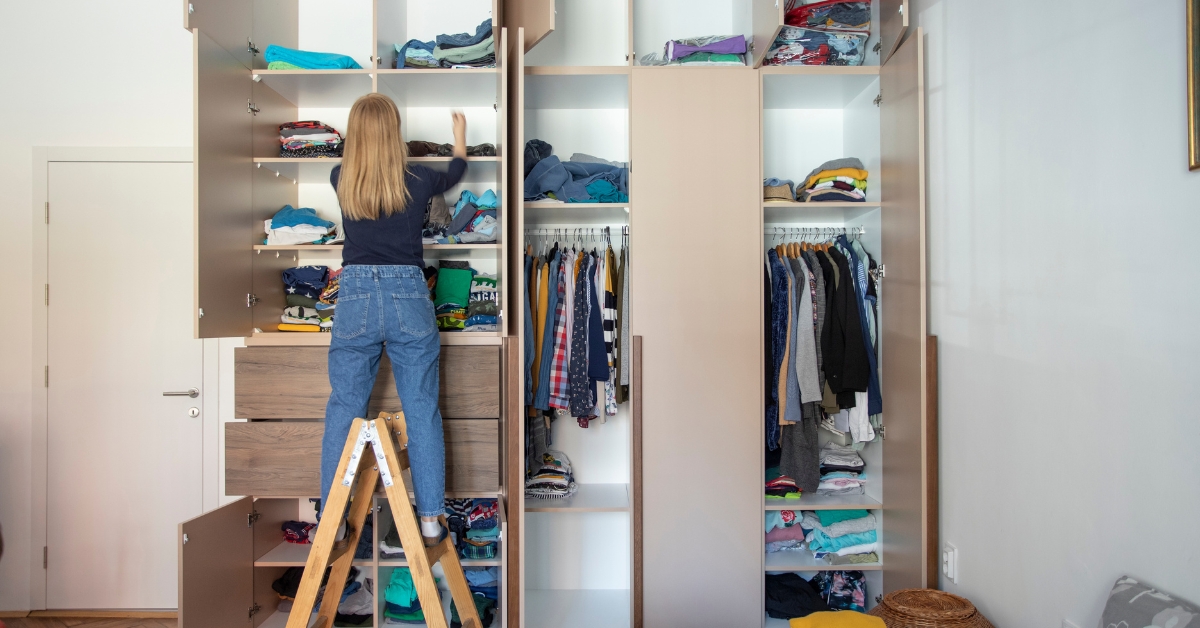
Achieving permanent freshness means moving from crisis management to a routine maintenance schedule. The best closet odor eliminator is consistent vigilance and care.
The Annual Deep Clean
At least once a year—ideally during a seasonal clothing rotation—empty the entire closet:
- Vacuum: Use a vacuum hose attachment to clean all corners, shelves, and the floor, removing dust and hair which can harbor mold spores and bacteria.
- Wipe Down: Clean all surfaces (walls, shelves, baseboards) with a mild detergent or the 50/50 vinegar solution. Let everything air-dry completely before placing items back inside.
- Inspect: Check the walls and back corners for any sign of dark spots or dampness—these are indicators of a serious moisture problem (like a leaking pipe or insufficient wall insulation) that requires professional attention.
Refreshing Natural Deodorizers
Natural solutions are only effective if maintained:
- Baking Soda & Coffee: Replace or refresh the contents of DIY jars every 30 days. If you notice the smell returning faster, replace it more frequently.
- Activated Charcoal: Recharge charcoal bags every 4-8 weeks by placing them in direct sunlight for 4-6 hours. The UV rays help open the pores, releasing trapped moisture and odors, making the bag reusable.
- Cedar: Lightly sand cedar blocks or hangers every six months to refresh the protective and scented oils.
Ventilation Habits
Adopt habits that minimize odor buildup:
- Don’t Overfill: Never pack a closet so tightly that air cannot move freely between garments.
- Use Breathable Storage: Avoid storing clothes in thick, non-breathable plastic garment bags long-term, as these trap moisture and promote mildew. Opt for cotton, canvas, or other breathable materials for long-term storage of expensive items.
- Daily Airing: Simply leaving the closet door open for 15 minutes each morning can make a profound difference in the overall freshness and quality of your natural closet deodorizer efforts.
FAQs
What is the best closet deodorizer?
The best closet deodorizer depends on the source of the odor. For moisture-related smells, activated charcoal bags or chemical desiccants are best. For general freshness and pest control, cedar blocks are highly recommended. For budget and versatility, baking soda is unbeatable.
How do I keep my closet smelling fresh naturally?
You can keep your closet smelling fresh naturally by maintaining a humidity level below 60%, ensuring good air circulation, and using non-toxic odor absorbers like activated charcoal bags, baking soda jars, or essential oil sachets (using scents like lavender or cedarwood).
Can baking soda eliminate closet odors?
Yes, baking soda is a highly effective natural closet deodorizer. It works by chemically neutralizing both acidic and alkaline odor molecules, absorbing them rather than masking them. For best results, expose the baking soda to the air in an open jar and replace it monthly.
What’s the difference between a deodorizer and an odor eliminator?
A deodorizer masks or covers a smell, typically by releasing a stronger, pleasant fragrance (like a scented spray). An odor eliminator (or absorber), such as activated charcoal or baking soda, physically traps or chemically neutralizes the odor molecules, thereby removing the bad smell at the source.
How do I make a DIY closet deodorizer with essential oils?
To make a DIY closet deodorizer with essential oils, fill a small muslin bag with 1/4 cup of dry rice or baking soda. Add 5-10 drops of a concentrated essential oil (like lavender or citrus). Tie the bag shut and place it in the closet. Refresh the oil every 2-3 weeks.
Achieving Lasting Closet Freshness
Achieving long-term closet freshness requires a holistic strategy focused on eliminating the root causes of mustiness: moisture and stagnation. The most effective approach involves improving air circulation and controlling humidity with a reliable moisture absorber for closets or a dehumidifier. For immediate results, start by neutralizing existing odors using simple solutions like activated charcoal or a homemade closet deodorizer (baking soda).
